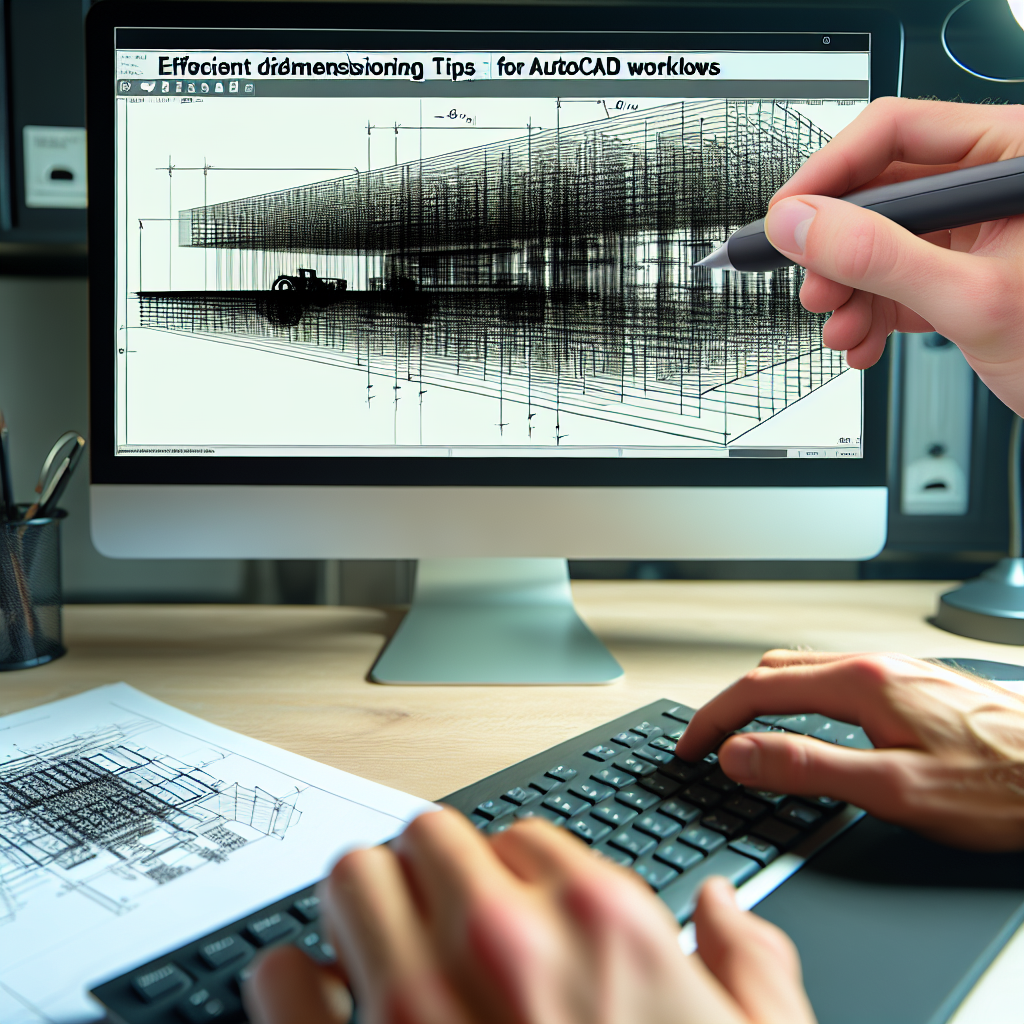Efficient dimensioning in AutoCAD is essential for producing accurate, professional drawings while saving time. Mastering quick tips can streamline your workflow and improve precision. In this article, we’ll explore practical strategies to optimize your dimensioning process in AutoCAD, making your design process more efficient and less error-prone.
Use Object Snaps and Smart Traces for Accurate and Quick Dimensioning
Object snaps (osnaps) are vital for precisely anchoring your dimensions to existing geometry in AutoCAD. By enabling and customizing osnaps—such as endpoint, midpoint, center, and intersection—you ensure that your dimensions are accurately attached to key points without manually hunting for exact locations. This reduces errors and speeds up the process significantly.
Additionally, leverage *Smart Traces*, a feature in newer versions of AutoCAD, which interfaces with object snaps to create temporary guides aligned to specific geometry. When you start dimensioning, clicking on an object automatically activates snapping points, enabling you to place dimensions quickly and precisely. This combined use of osnaps and smart guides minimizes mouse movement and prevents common mistakes, ultimately streamlining your workflow.
Set Up and Customize Dimensional Styles for Consistency and Speed
Creating and customizing dimension styles is a critical step for efficient dimensioning. A well-defined style ensures consistency across your project, saving time by eliminating the need to adjust settings repeatedly. Focus on parameters such as arrow size, text style, and extension lines to make your dimensions clear and professional-looking.
- Create a template: Set up a dimension style with your preferred settings and save it as a template. This way, every new drawing starts with your optimized style, reducing setup time.
- Use layer management: Place dimensions on dedicated layers for easy control and visibility toggling.
- Utilize copy and override features: Duplicate styles for different purposes or override specific features temporarily without altering the master style. This flexibility boosts speed without sacrificing standardization.
Additionally, take advantage of *AutoCAD’s QuickDimension* command for rapid placement of multiple dimensions, which assists when dealing with large projects or detailed drawings, further enhancing your efficiency.
Conclusion
Mastering efficient dimensioning in AutoCAD involves leveraging object snaps, smart guides, and well-crafted dimension styles. These strategies improve accuracy, save time, and ensure consistency across your drawings. By integrating these techniques into your workflow, you’ll enhance your productivity and produce professional, precise designs more effortlessly. Start implementing these tips today for a more streamlined AutoCAD experience.
